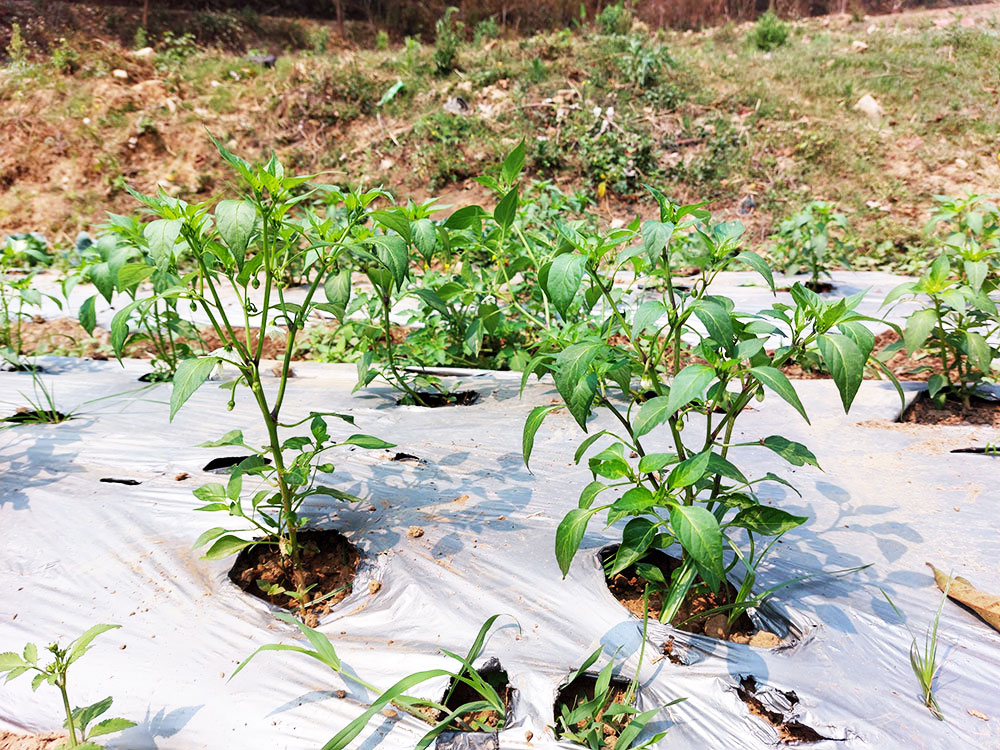YK Poudel
Bhutan’s plan to halt chilli import if domestic production reaches self-sufficiency is facing a potential setback as recent data reveals a significant decline in chilli harvests.
According to the 2022 Integrated Agriculture and Livestock Census (IALC) report published by the National Statistics Bureau (NSB), the country’s total chilli production in 2022 amounted to 5,557 metric tonnes (MT), marking a steep drop compared to previous years.
Chilli is a vital commercial crop and staple vegetable in the daily diet across 20 dzongkhags. However, the 2022 harvest was 307 MT lower than the previous year, indicating a worrying downward trend. The decline in production can be attributed to a combination of reduced cultivated area and lower yields per acre, as outlined in the 2022IALC report.
The report highlights that the harvested area for chilli cultivation in 2022 was 24 acres less than in 2021, resulting in a reduced overall yield. The average yield per acre in 2022 stood at 1,627 kg, a decrease of 78 kg compared to the previous year. Notably, several major chilli-growing dzongkhags, such as Paro and Punakha, experienced lower production levels in 2022 compared to 2021. Punakha, for instance, harvested 561 MT (148 MT less than in 2021), while Paro managed to produce 1,117 MT (118 MT more than in 2021).
The 2022IALC report further reveals that a total of 44,954 farmers utilised 3,673.41 acres of land to grow chilli. Mongar recorded the highest number of chilli growers at 4,989, but their production only amounted to 556.77 MT. In a dzongkhag-wise comparison, Paro had the highest chilli production at 1,116.99 MT.
Examining the trend between 2018 and 2022, the country’s chilli production has experienced fluctuations. In 2018, a total of 7,133 MT of chilli was harvested from 4,031 acres. While the harvest area remained relatively stable during this period, the recorded yields per acre varied significantly. In 2018, the yield per acre stood at 1,770 kg, increasing to 2,180 kg in 2019 and further to 2,480 kg in 2020. However, a decline was observed in 2021, with yields dropping to 1,710 kg per acre, followed by a slight decrease to 1,627 kg in 2022.
The increase in the number of chilli growers from 42,081 households in 2021 to 44,954 households in 2022 indicates the continued interest and participation of farmers in chilli cultivation.
The 2022IALC, conducted between January 9 and February 20 of this year, plays a crucial role in providing reliable crop production and livestock statistics. These statistics are vital for the development and implementation of food security programmes, monitoring economic growth and poverty reduction policies, and formulating sound investment strategies for the agricultural sector in the country.
The findings of the report emphasise the need for concerted efforts to address the declining chilli production and ensure the fulfilment of the import ban promise once domestic production reaches a sustainable level.


